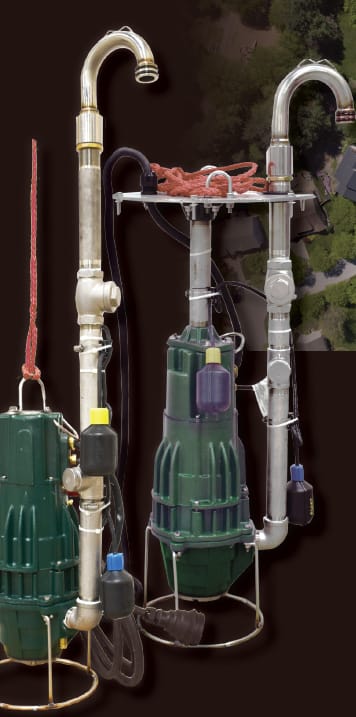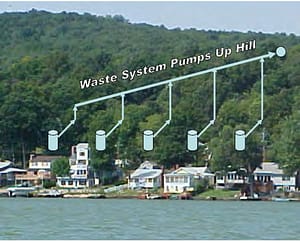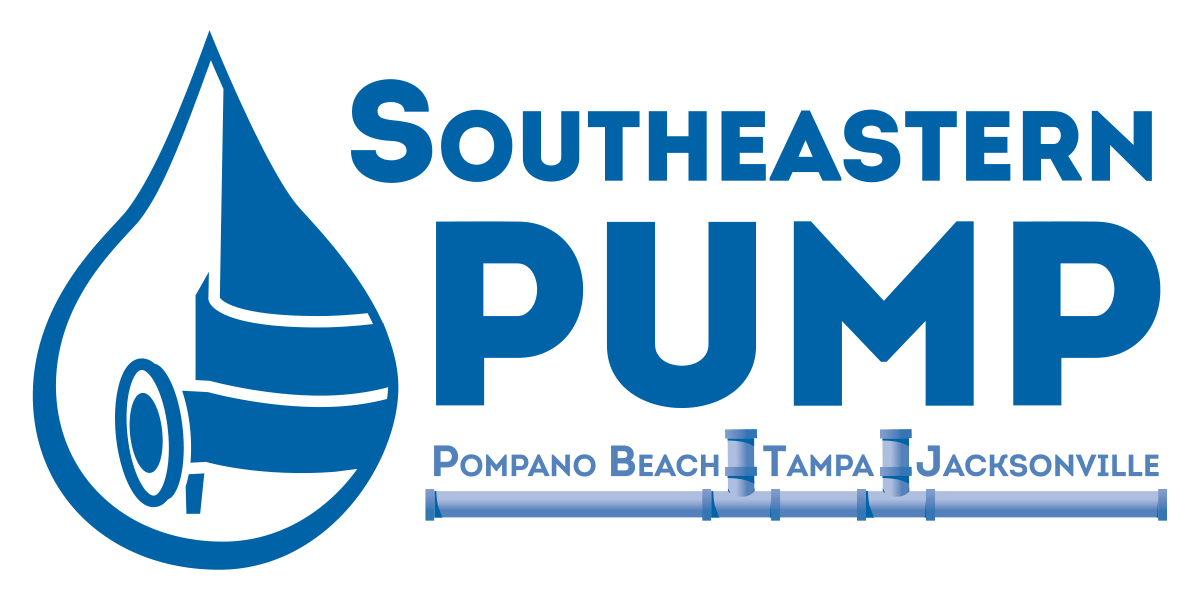Low-Pressure Sewer & Septic to Sewer
Are all Grinders Pumps Created Equal?
ZEP LPS Plug & Play Demo Video

Overview
A Low-Pressure Sewer (LPS) system is an alternate solution to the conventional gravity collection or septic tank drain field systems. An LPS system utilizes a low-pressure pump to move water through the transmission system rather than allowing gravity to transport the water.
The components that make up an LPS system include a tank, pump, control panel and piping. The tank is placed underground with the pump sitting at the bottom of the tank. The control panel, located close by, powers and controls the pump.
Wastewater from inside a home or building will flow by gravity into the tank. When the water level in the tank reaches a trigger level the pump turns on and pushes the water through piping that is then connected to the main pressure pipe which is typically located off of the property. Check valves are used to ensure that fluid can only be pushed out and not allowed to return. The pump then turns off automatically once the water level drops to a shut off level.
Once in the main pressure pipe the water will continue on to either another pumping station or to the final destination: a wastewater treatment plant. In an LPS system each pump in the system helps to apply pressure and move the water in the main pressure pipe.
While the description of operation for an LPS system is straight forward there are many details that all need to be addressed to ensure the system performs as it should for many years.
Southeastern Pump is the trusted source for all your LPS needs and replacement pumps. SEP has been providing Pumping Solutions since 1982 offering a full range of pumps, controls, valves, accessories, lift stations and other pre-assembled systems.
We are here to assist you with your LPS needs whether you need a new lift station, or replacement parts if you are looking to refurbish your existing station.
Typical Residential Grinder Pump Station Installation
A grinder pump station is located in the yard or basement of each home
- Wastewater flows into the station from the building’s sewer line (typically 4”)
- The basin contains a grinder pump, level sensors, valves and discharge piping

Why use a Pressure Sewer System
Low pressure sewers provide an economical solution to geotechnically challenging environmental conditions where gravity sewers may be impractical if not impossible. Examples include:
- Rocky Soil
- Hilly Terrain
- High Water Tables
- Long Flat Terrain
- Slow Growth Areas
- Existing Structures/Roads

Pressure Sewers Are economical
Prepackaged systems are economical and have the following advantages:
- Lower up front costs by allowing developers to add
grinder pump stations as new homes are built - Allow developers to build in areas that are inaccessible
to gravity sewers - Minimize the need for manholes and lift stations,
making more lots marketable for sale - Lower cost per lot in low density development areas

ZEP LPS Plug & Play Demo Video
Learn the simple steps needed to replace your existing LPS system with a Zoeller 6932. From pump to panel, Zoeller has all your needs for LPS replacement work.
